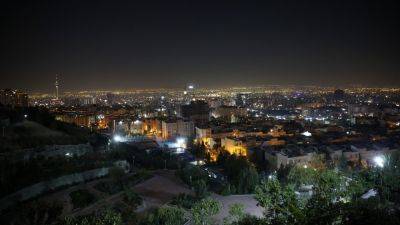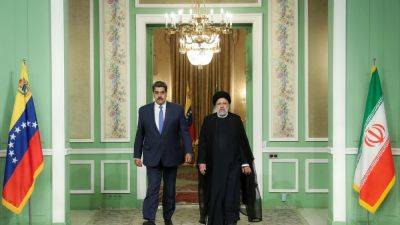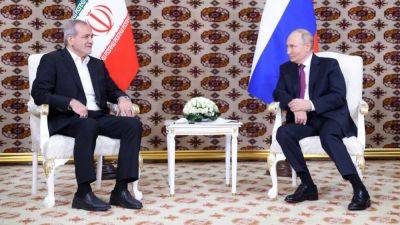Israel-Iran in dangerous game of face-saving missile strikes
Israel’s strike on military targets in Iran over the weekend is becoming a more routine occurrence in the decades-long rivalry between the two states.
Israel has conducted low-level or “unofficial” operations in Iran in the past, but since the October 7, 2023, Hamas attacks on southern Israel and subsequent Israeli war in Gaza, tensions between Iran and Israel have spilled over into direct military confrontation for the first time.
While the consequences of this particular strike are not yet clear, it does show that the violence in the Middle East is not winding down any time soon. This is also a clear example of how easily one conflict – in this case, Gaza – can expand into new conflicts with unintended consequences.
But there are other dimensions at play beyond Gaza and the Palestinians. Relations between Israel and post-revolutionary Iran have never been good. The Iranian government has called for the destruction of Israel, and Israel has used its foreign intelligence service, Mossad, to disrupt Iran’s nuclear program with assassinations and cyber warfare.
In its most recent direct attack on Iran, Israel struck military targets from the air in the provinces of Tehran, Khuzestan and Ilam, causing minor damage to military installations and killing four soldiers. Israel had consulted the US State Department about its plans but the US was not directly involved in the strikes.
Though Tehran has played down the extent of the damage, the Iranian regime has not ruled out a response, which should keep the region on edge for weeks to come. In fact, some hardliners in the Iranian parliament say the strike crossed a red line and a response is necessary.
Answering the question of “who started it?” in this conflict is not that







